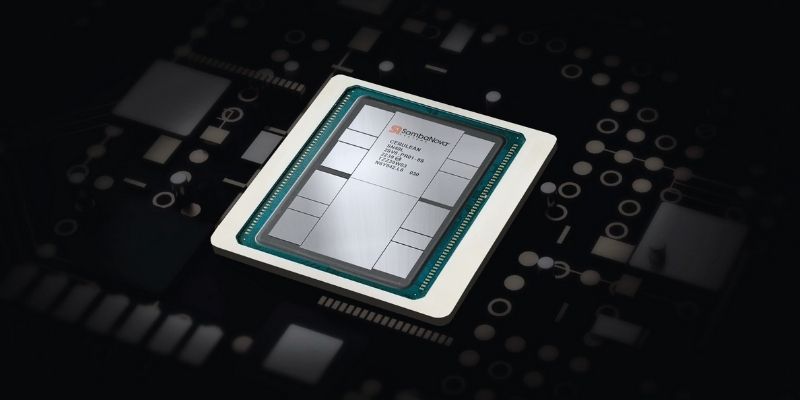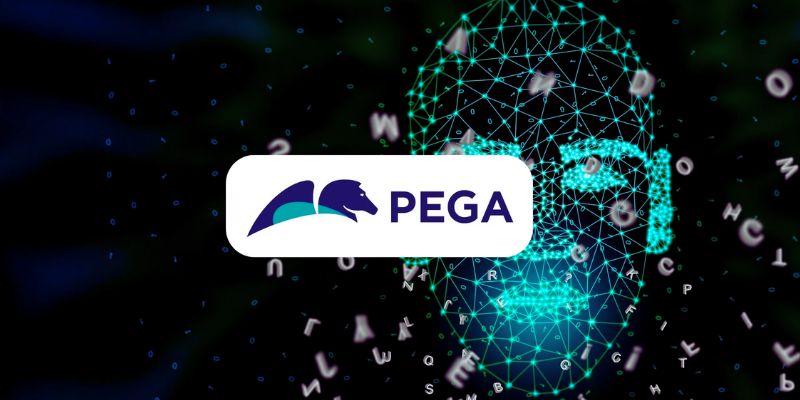Introduced by Nvidia, NIM Agent Blueprints are a new tool meant to accelerate artificial intelligence applications across sectors. The project streamlines artificial intelligence integration, therefore enabling companies to avoid difficult model configurations. Using pre-built instructions, companies can now rapidly and consistently deploy intelligent agents. This action aims for speedier acceptance, shortened development time, and more seamless application of artificial intelligence.
Using AI integration blueprints, developers save weeks of work during deployment. The blueprints also help to standardize deployment, hence reducing uncertainty. NIM agent Blueprints offer developers clear, guided steps for building and deploying AI agents. Innovations from Nvidia support faster, smarter artificial intelligence transition. Companies take more control over their tasks. Nvidia's action might change the way artificial intelligence products find their way into mass markets. Today, scalability and efficiency are more easily attained.

Understanding NIM Agent Blueprints and Their Purpose
Built with Nvidia's AI technology, NIM Agent Blueprints help teams build AI-powered agents more efficiently. To cut development complexity, they provide defined components and unambiguous directions. Developers get a road map to enable fast building of AI bots catered for particular activities. These designs support analytics, customer service, and automation tools, among other purposes. Every blueprint provides more sensible uses by matching with actual use scenarios. The intention is to enable teams to prevent implementation mistakes and shorten extensive setup periods.
Nvidia emphasizes reducing the technical complexity of AI adoption by means of plug-and-play devices. The blueprints provide tested setups for Nvidia inference microservices (NIMs). By using NIM Agent Blueprints and Nvidia inference services, companies deploy complex AI agents without infrastructure concerns. Developers can easily use both open-source and enterprise-grade models with these tools. Faster product releases follow from faster model integration. Many backend tasks are eliminated using these tools. Teams requiring quick, dependable deployment solutions without sacrificing performance will find NIM Agent Blueprints perfect.

Simplifying AI Integration Across Different Industries
Complicated frameworks and imprecise deployment strategies make it difficult for many industries to implement artificial intelligence. NIM Agent Blueprints fix this by providing methodical direction catered for many sectors. Instead of weeks, healthcare practitioners may build patient-support bots in days. Financial firms can launch fraud detection tools without building systems from scratch. Retailers can combine artificial intelligence for consumer contacts and tailored buying. Every blueprint fits the expectations of a given sector use case.
Developers travel a predetermined road that eliminates trial-and-error and unpredictability. Less time spent in development follows from this, and more time providing results. Industries get tools designed for scale. Nvidia guarantees that models run across platforms and data types without error. As necessary, teams can change and adapt blueprints. Compatibility is not something one should care about. Using technologies that speak the language of every industry speeds up artificial intelligence. AI integration designs bridge the gap between real-world use and untapped potential.
Boosting Developer Productivity and Speeding Up Launch Times
Speed is a significant issue in AI deployment. NIM Agent Blueprints provide teams with a strong basis, therefore enhancing development processes. Developers begin with pre-configured templates rather than starting from nothing. By removing many tedious setup chores, these technologies free teams to concentrate on outputs. Additionally, by integrating with Nvidia's NGC platform, the blueprints give flawless access to APIs and model weights. The blueprints support multiple languages and toolchains, helping developers work faster with fewer errors.
Built on blueprints, artificial intelligence agents may be evaluated and implemented in days. Faster iteration and faster updates as needed follow. Smaller teams gain the most since they cut the time from concept to implementation. To guarantee quality, Nvidia also offers security and scalable solutions. Accelerating the deployment of AI agents helps businesses have a competitive edge. Developers might prototype ideas faster. Productivity increases while workloads are under easier control. NIM agent tools save time and money by simplifying the road from concept to application.
Enhancing Scalability and Consistency in AI Projects
AI solutions have to be scalable if they are to meet rising user needs. From the start, NIM Agent Blueprints enable teams to create scalable solutions. Every template calls for edge computing and cloud-native deployment. Companies may operate AI agents on several platforms without altering code. Nvidia guarantees a simple rollout of upgrades and improvements. Another fortitude is consistency. Teams apply the same blueprint guidelines, therefore lowering variation in products. Uniform models and infrastructure help developers simplify maintenance.
The blueprints follow top standards and ensure models remain safe and efficient. Teams no longer have to create systems just for every project. Rather, they fix current configurations, which cuts costs and helps avoid errors. Built-in monitoring and logging make performance testing easy. If issues surface, repairs come sooner. Standardized deployment benefits audits and compliance as well. Knowing that artificial intelligence systems are consistent and repeatable gives businesses peace of mind. With Nvidia's NIM agent tools, scalability aligns with dependability.
Real-world Applications and Enterprise Use Cases
NIM Agent Blueprints from Nvidia support uses ranging from customer service to cybersecurity. Retail businesses create chatbots that propose items and respond to inquiries using them. Banks automate loan approvals and aid in fraud detection. Early diagnosis, appointment scheduling, and patient engagement are among the artificial intelligence applications developed by healthcare providers. These use cases show that blueprints for artificial intelligence integration can be applied in several environments. Companies no longer need high development costs to implement smart agents.
The pre-built solutions help teams quickly reach corporate goals by reducing guesswork. Media companies apply them for tailored content delivery and automated editing. Teams working in manufacturing enhance safety monitoring and logistics. AI agents honed on particular tasks produce greater results. Companies choose a blueprint that best fits their objectives and then modify it. Companies with limited AI expertise also benefit from fast deployment and reduced development complexity. Strong outcomes, minimal risk, and quick deployment are made possible by NIM agent tools. Companies across sectors now move from planning to deployment with clarity and confidence.
Conclusion:
The NIM Agent Blueprints from Nvidia transform enterprise artificial intelligence adoption. They streamline development and decrease setup times. AI integration plans let teams create faster, more intelligent solutions free from great cost. Companies obtain scalability and adaptability. Both developers and decision-makers would find actual value in the designs. Companies can now achieve speed, simplicity, and repeatability with proven AI integration tools. Using reliable, proven models, accelerate business artificial intelligence. NIM agent Blueprints translate artificial intelligence into a useful utility rather than being a futuristic concept. Businesses of all kinds can now confidently use AI bots.











